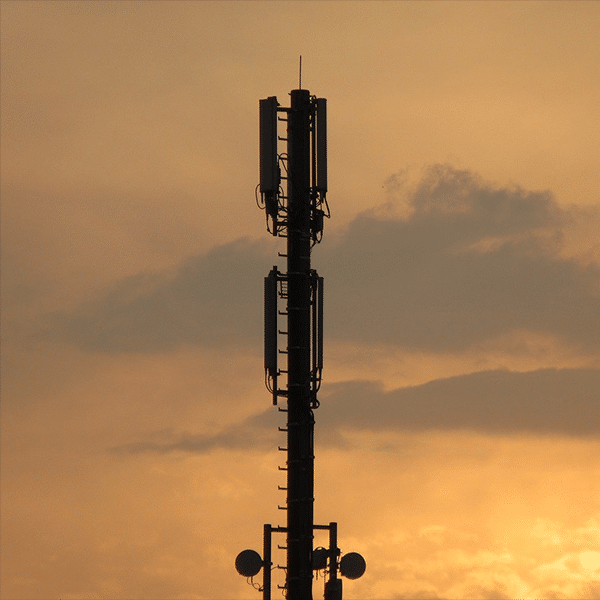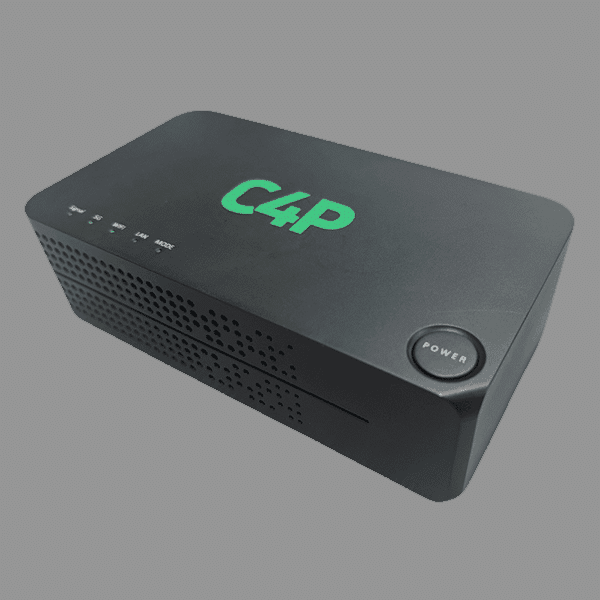T-Mobile plans to deploy the new spectrum that it won in the recent auction of spectrum in the 2.5 GHz band as soon as it receives its licenses from the FCC.
The company was by far the biggest winner in the auction. Its bids totaled $304 million, and the company won 91% of available licenses.
According to a press release from T-Mobile today, the company’s winnings include more than 7,000 county-based licenses covering 81 million people, primarily in rural areas. Up to three licenses per county were available in the auction, and most of the available licenses were in rural areas.
The company already had 2.5 GHz licenses covering most of the U.S., which it acquired when it merged with Sprint.
Spectrum in the 2.5 GHz band is considered mid-band spectrum, which is widely viewed as supporting the optimum mixture of speed and coverage for 5G.
T-Mobile uses the term “Ultra Capacity 5G” for 5G deployed in the mid-band spectrum. According to today’s press release, the company’s Ultra Capacity 5G now covers 235 million people nationwide. The company expects that number to increase to 260 million this year and to 300 million next year.
T-Mobile uses the term “Extended Range” for 5G service deployed in low-band spectrum, where the company made its initial 5G deployments. Extended Range 5G offers excellent coverage but at relatively low speeds. According to the company, its Extended Range 5G service now covers nearly everyone in the country – 320 million people.
In today’s press release, T-Mobile CEO Mike Sievert said the new 2.5 GHz spectrum “accelerates” the company’s mission to build the leading wireless network in America.
In typical T-Mobile fashion, Sievert taunted the company’s competitors, arguing that the competitors have been “distracted, whether they were trying to become media conglomerates or were betting on the wrong 5G strategy.”


